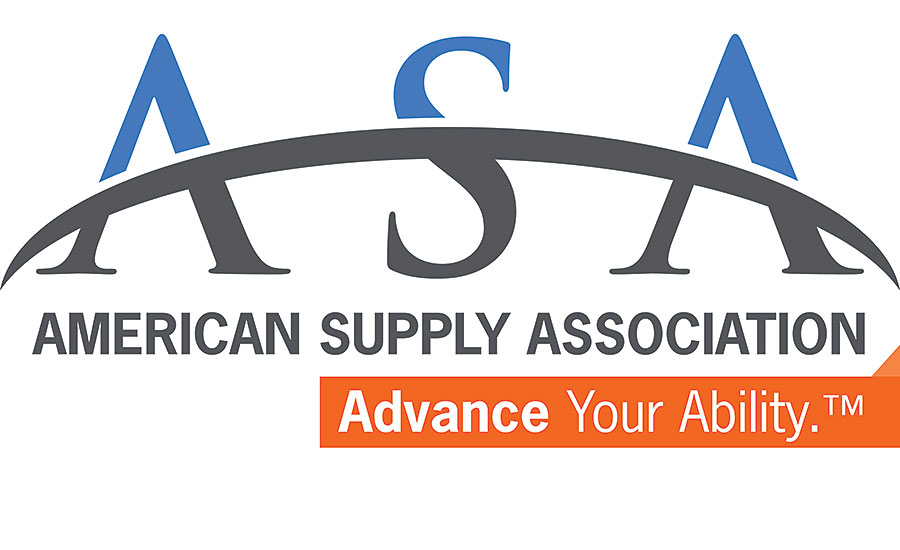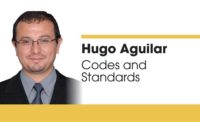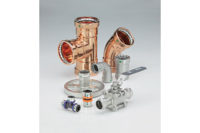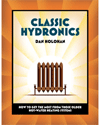EPA to revise Reduction of Lead in Drinking Water Act

The Environmental Protection Agency recently announced it intends to make conforming changes to existing drinking water regulations based on the Reduction of Lead in Drinking Water Act of 2011.
The proposed changes will establish new requirements concerning the labeling of products that comply with the definition of lead-free, including the requirement to label a product’s packaging, any of which could disrupt manufacturing and distribution of these products. Aside from the labeling requirement, the EPA also is proposing certification requirements for manufacturers and importers to demonstrate the maximum lead content of the wetted surface of their plumbing products does not exceed 0.25%. The current RLDWA of 2011 defines lead-free as 0.25% of the wetted surface of plumbing products and establishes a statutory method of calculating lead content. The RLDWA exempts plumbing products used exclusively for nonpotable applications.
Labeling potable use products
EPA has indicated either the product be marked or the package be labeled, but not both. While this option would decrease the costs and burden on the manufacturer responsible for labeling and marking, EPA is concerned this option may not provide consumers and others (such as building inspectors) with the information needed to determine that a product is lead-free after its initial purchase and installation. EPA is further concerned the labeling of a product sold in an unlabeled package also could lead to the inadvertent installation of products that do not meet the new definition of lead-free for potable water purposes. To provide consumers and others with the information needed, EPA plans to require the package be labeled and product contain a specific marking to signify to the consumer that the product is lead-free.
EPA’s initiation of a specific marking would be quite costly and time-consuming due to the amount of tooling that would need to be updated by manufacturers. Today, as a result of the existing law, the plumbing industry marks its potable water products, indicating they are lead-free. For example, NSF uses “NSF 372” or “G” to signify the product conforms to the RLDWA. Furthermore, the model plumbing codes such as the 2015 Uniform Plumbing Code (sections 301.2 and 301.2.1) and the 2015 International Plumbing Code (Section 303.1) already require markings and labeling of products used in the plumbing system.
The purpose of the product marking is to inform the consumer that the product is safe to use and that it meets the minimum safety standards. A label on the package will serve no purpose since the consumer will eventually discard the package. The original RLDWA was intended to regulate the sale of products intended for potable water use that fail to meet the definition of lead-free. It was not intended to regulate the installation and inspection of such products. The installation and inspection of plumbing products falls within the scope of the model plumbing codes.
Product certification
EPA also is proposing certification requirements for manufacturers and importers by either a third-party certification body or self-certification. The EPA proposal would require manufacturers with 100 or more employees or importers representing foreign manufacturers with 100 or more employees to demonstrate compliance with the definition of lead-free by obtaining certification by an American National Standard Institute (ANSI)-accredited third-party certification body. For manufacturers with fewer than 100 employees or importers representing foreign manufacturers with fewer than 100 employees, EPA’s proposal would require compliance either through third-party certification by an ANSI- accredited certification body or through self-certification.
The model plumbing codes already require third-party certification for all plumbing products. However, unlike EPA’s proposed revision, the model code provisions do not account for the number of employees. Therefore, self-certification would eventually be a moot point because third-party certification will eventually need to be done in accordance with the plumbing codes. This will create confusion in the industry since the model code will be more stringent and create an inconsistency with the federal regulations.
Implementation date
EPA is proposing that labeling and the product-certification requirements contained within the revised RLDWA will be in effect three years from the date the final regulation is published. EPA also is proposing all other provisions go into effect 30 days after the date the final regulation is published because those provisions merely codify statutory provisions already in effect. EPA is most likely referring to the product-certification requirement already required per the model codes. However, it is not clear as to whether this is a sale date or manufactured date.
ASA intends to comment
ASA intends to submit a comment that revisions to the existing RLDWA are unnecessary. Should the EPA revise the current RLDWA, ASA proposes the implementation be based on a manufactured date and not a sale date. Having a manufactured date as opposed to a sale date will keep the supply chain clean. It will allow suppliers and wholesalers to sell their products that do not have the new label on the package. It also will prevent a large amount of unusable material that will need to be discarded and limit waste which will be good for the environment and help the economy. Stakeholders in this industry have gone down this painful road once already and do not intend to do so without a fight.
ASA understands the health and safety of the consumer is a top priority and looks forward to working with the EPA to address the concerns of ASA and its members.
Looking for a reprint of this article?
From high-res PDFs to custom plaques, order your copy today!







